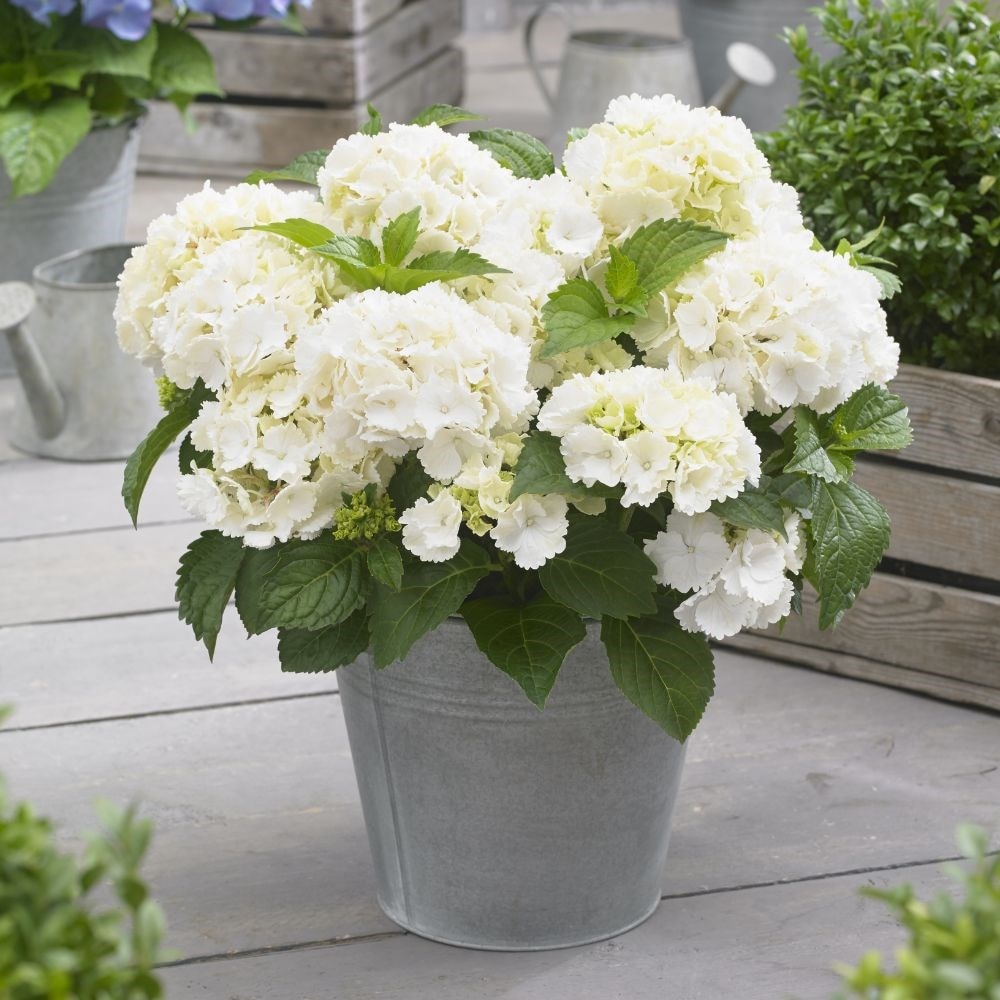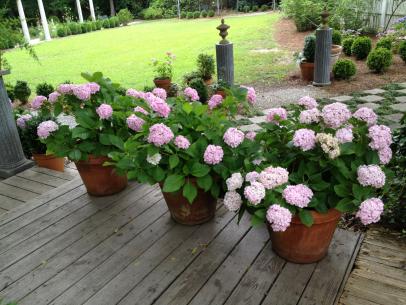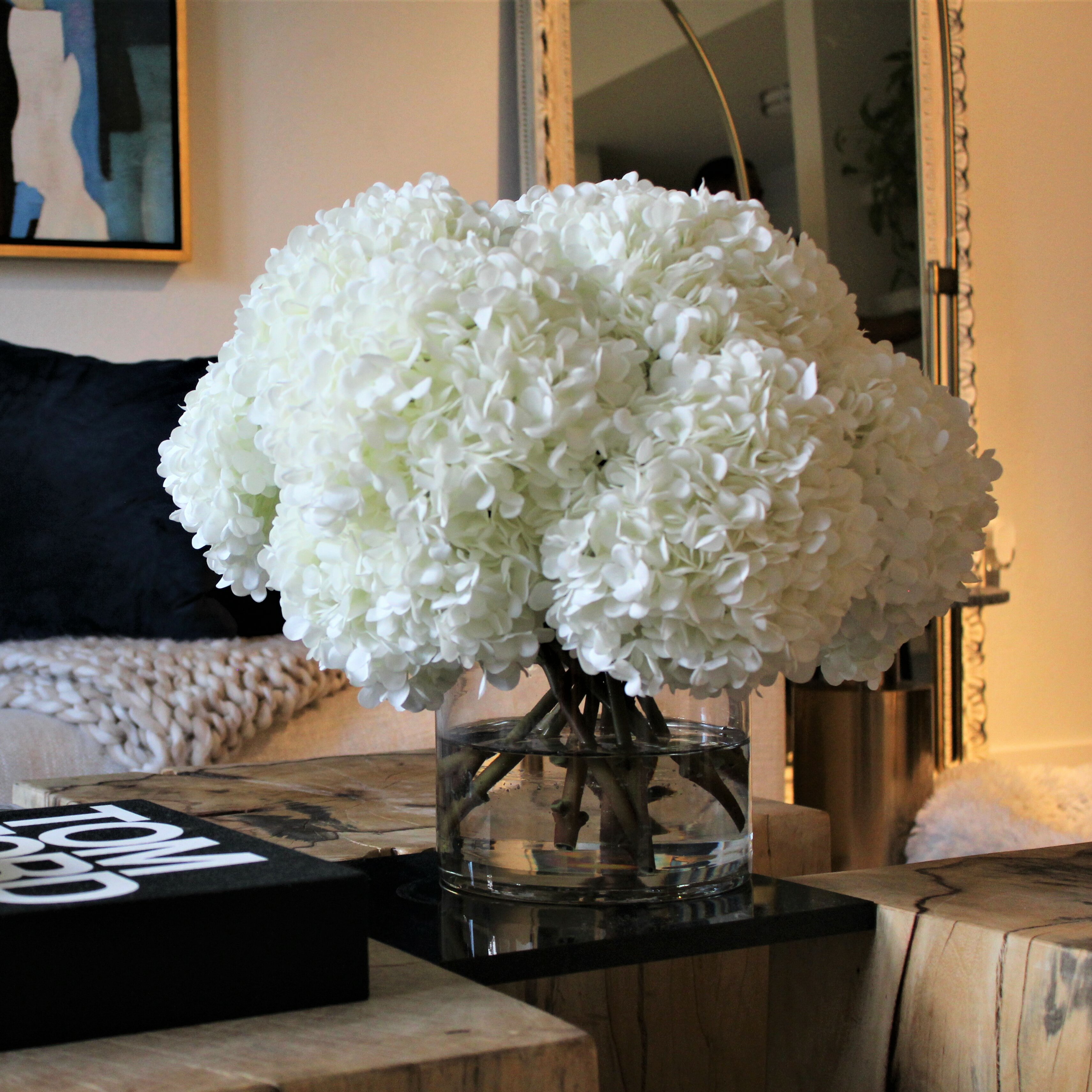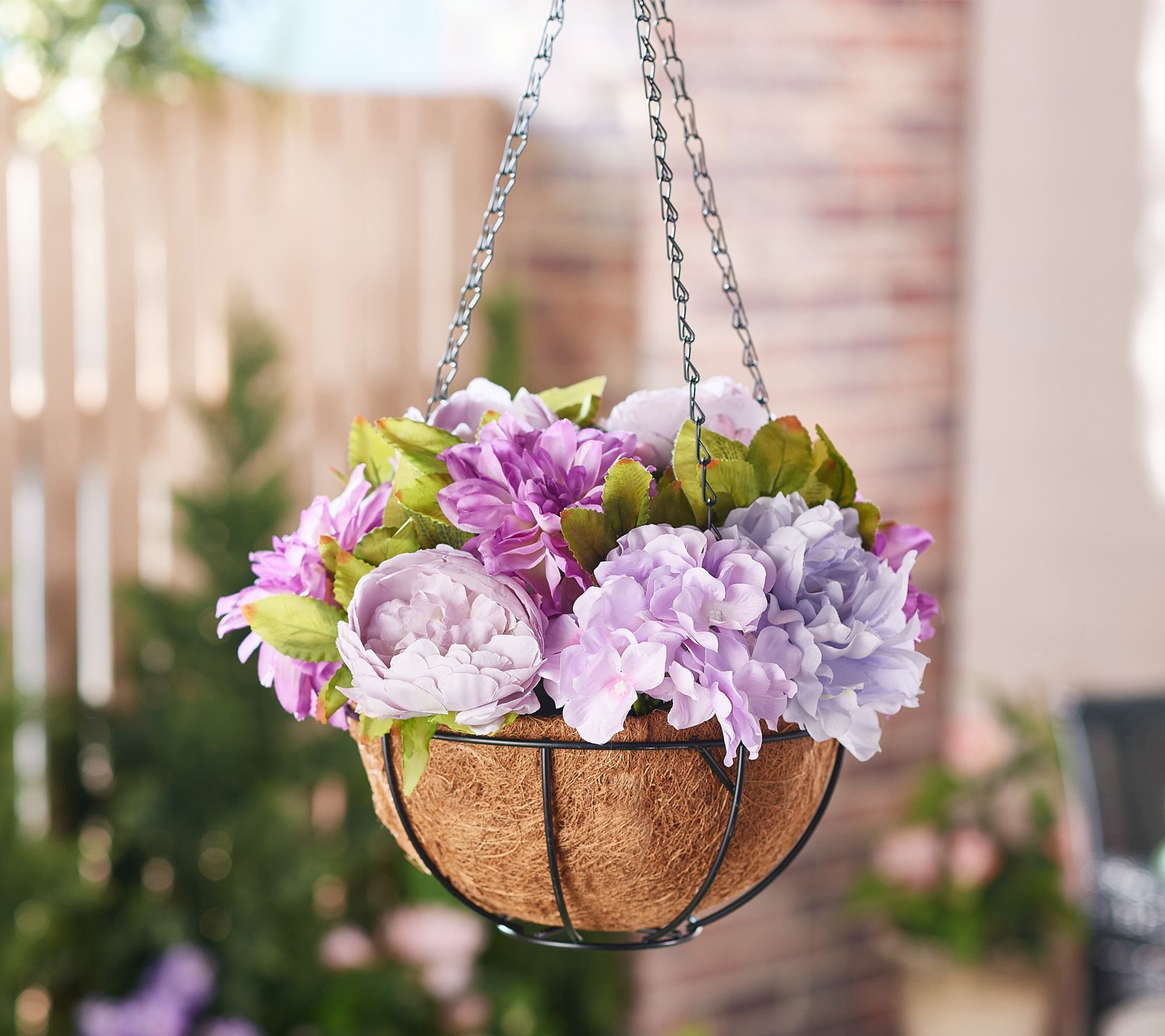Grow Hydrangeas Indoors For Beautiful Blooms All Year Long
Grow Hydrangeas Indoors for Beautiful Blooms All Year Long
Hydrangeas are beautiful flowering shrubs that are often associated with outdoor gardens. However, did you know that you can also grow hydrangeas indoors? With a little care and attention, you can enjoy these stunning blooms all year long.
In this blog post, we will discuss the basics of growing hydrangeas indoors. We will cover topics such as choosing the right type of hydrangea, providing the right amount of light and water, and fertilizing your plant. We will also provide some tips on how to prevent common problems, such as leaf drop and pests.
Choosing the Right Type of Hydrangea
There are many different types of hydrangeas, but not all of them are suitable for indoor growing. Some types of hydrangeas, such as bigleaf hydrangeas, need full sun to bloom. This is not possible indoors, so you will need to choose a type of hydrangea that can tolerate partial shade.
Some good choices for indoor hydrangeas include:
- Endless Summer Hydrangea: This type of hydrangea blooms all summer long, even on indoor plants.
- Smooth Hydrangea: This type of hydrangea is tolerant of both sun and shade, making it a good choice for indoor plants.
- Oakleaf Hydrangea: This type of hydrangea has large, oak-shaped leaves and produces clusters of small, white flowers.
Providing the Right Amount of Light
Hydrangeas need bright, indirect light to bloom. If you live in a sunny climate, you may need to place your hydrangea in a room with sheer curtains to filter the sunlight.
If you live in a cooler climate, you may be able to place your hydrangea in a south-facing window. However, be sure to move the plant to a shadier location if the leaves start to burn.
Watering Your Hydrangea
Hydrangeas need to be watered regularly, but they should not be overwatered. The soil should be kept moist, but not soggy.
During the summer months, you may need to water your hydrangea every day. In the winter months, you can water your hydrangea less often.
Fertilizing Your Hydrangea
Hydrangeas need to be fertilized regularly to produce blooms. You can use a balanced fertilizer, such as 10-10-10, or a fertilizer specifically designed for hydrangeas.
Fertilize your hydrangea once a month during the spring and summer months. In the fall and winter, you can fertilize your hydrangea less often.
Preventing Common Problems
One of the most common problems with indoor hydrangeas is leaf drop. This can be caused by a number of factors, including overwatering, underwatering, or lack of sunlight.
If your hydrangea's leaves are starting to drop, check the soil moisture and light levels. You may also need to fertilize your plant.
Another common problem with indoor hydrangeas is pests. Aphids, mealybugs, and scale can all be a problem.
If you see any pests on your hydrangea, you can treat them with an insecticidal soap or neem oil.
Conclusion
Growing hydrangeas indoors can be a rewarding experience. With a little care and attention, you can enjoy these beautiful blooms all year long.
Here are some additional tips for growing hydrangeas indoors:
- Use a well-draining potting mix.
- Re-pot your hydrangea every two years.
- Prune your hydrangea in the spring.
- Bring your hydrangea outdoors for the summer months.
With a little care and attention, you can enjoy beautiful hydrangea blooms for many years to come.
Hydrangeas are beautiful flowering shrubs that can be grown indoors in pots. With proper care, they can bloom for several months each year. If you're thinking about adding a hydrangea to your indoor plant collection, here are a few things you need to know:
- Hydrangeas need bright, indirect light. A south-facing window is ideal, but an east- or west-facing window will work as well.
- Water your hydrangea regularly, but don't overwater it. The soil should be moist, but not soggy.
- Fertilize your hydrangea every month during the growing season. Use a balanced fertilizer, such as 10-10-10.
- Hydrangeas prefer cool temperatures. During the winter, keep your plant in a room that is between 50 and 60 degrees Fahrenheit.
For more detailed information about growing hydrangeas in pots indoors, visit . This website has a wealth of information on all aspects of hydrangea care, including choosing the right variety, planting, watering, fertilizing, and troubleshooting.
FAQ of hydrangea in pots indoors
Question 1: What are the best conditions for potted hydrangeas indoors?
Answer: Hydrangeas need bright, indirect light for at least 4 hours a day. They also prefer a cool, humid environment. The ideal temperature range is 60-70 degrees Fahrenheit. If the air is too dry, you can increase the humidity by placing the pot on a tray of pebbles filled with water.
Question 2: What type of soil should I use for potted hydrangeas?
Answer: Hydrangeas prefer a slightly acidic soil with a pH of 5.5-6.5. You can buy a pre-made potting mix designed for hydrangeas, or you can make your own by mixing equal parts peat moss, perlite, and compost.
Question 3: How often should I water my potted hydrangea?
Answer: Water your hydrangea when the top inch of soil is dry. Be sure to water thoroughly so that the water reaches the roots. If you live in a hot, dry climate, you may need to water more often.
Question 4: How do I fertilize my potted hydrangea?
Answer: Fertilize your hydrangea once a month during the growing season (spring and summer) with a balanced fertilizer. You can use a liquid fertilizer or a slow-release fertilizer.
Question 5: Can I propagate hydrangeas indoors?
Answer: While it is possible to propagate hydrangeas indoors, it is not always successful. The best time to take cuttings is in early summer. Choose a healthy stem that is about 4 inches long. Remove the leaves from the bottom half of the stem and dip it in rooting hormone. Plant the cutting in a pot of moist potting mix and keep it in a warm, humid environment.
Image of hydrangea in pots indoors
5 different images of "hydrangea in pots indoors" from Pinterest:
- A white hydrangea in a terracotta pot on a windowsill. The hydrangea is in full bloom, with large, round flowers. The leaves are dark green and healthy.

- A pink hydrangea in a hanging basket. The hydrangea is cascading over the sides of the basket, with its flowers in full bloom. The leaves are a deep green color.
- A blue hydrangea in a white pot on a coffee table. The hydrangea is in full bloom, with its flowers a deep blue color. The leaves are a dark green color.
- A mix of pink and blue hydrangeas in a ceramic pot on a patio. The hydrangeas are in full bloom, with their flowers in a variety of shades of pink and blue. The leaves are a dark green color.

- A white hydrangea in a glass vase on a dining table. The hydrangea is in full bloom, with its flowers arranged in a vase. The leaves are a dark green color.


Post a Comment for "Grow Hydrangeas Indoors For Beautiful Blooms All Year Long"